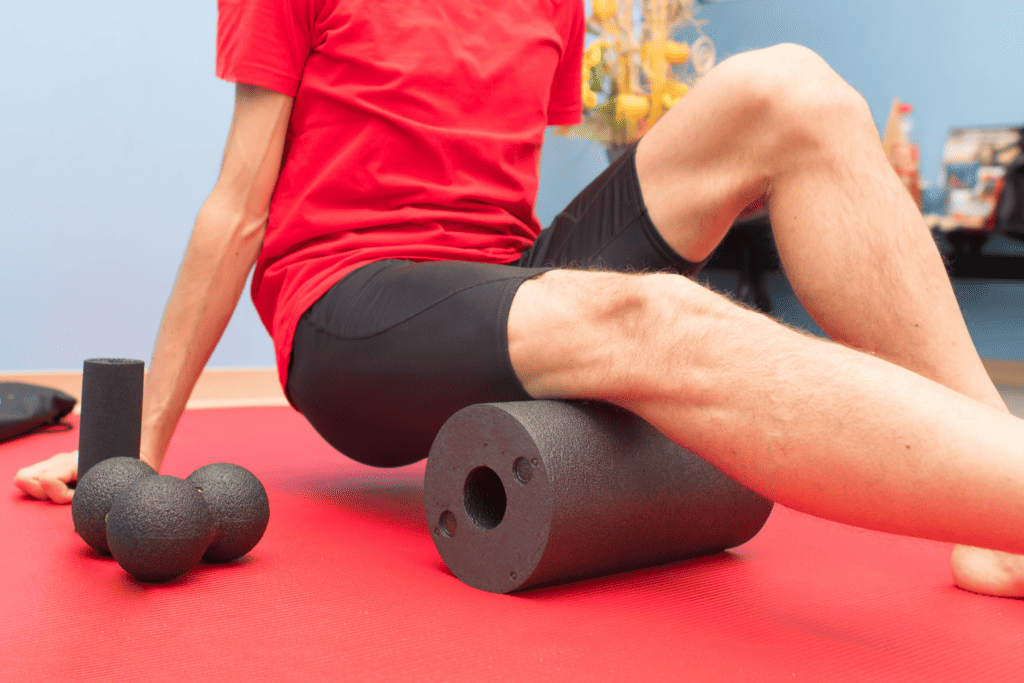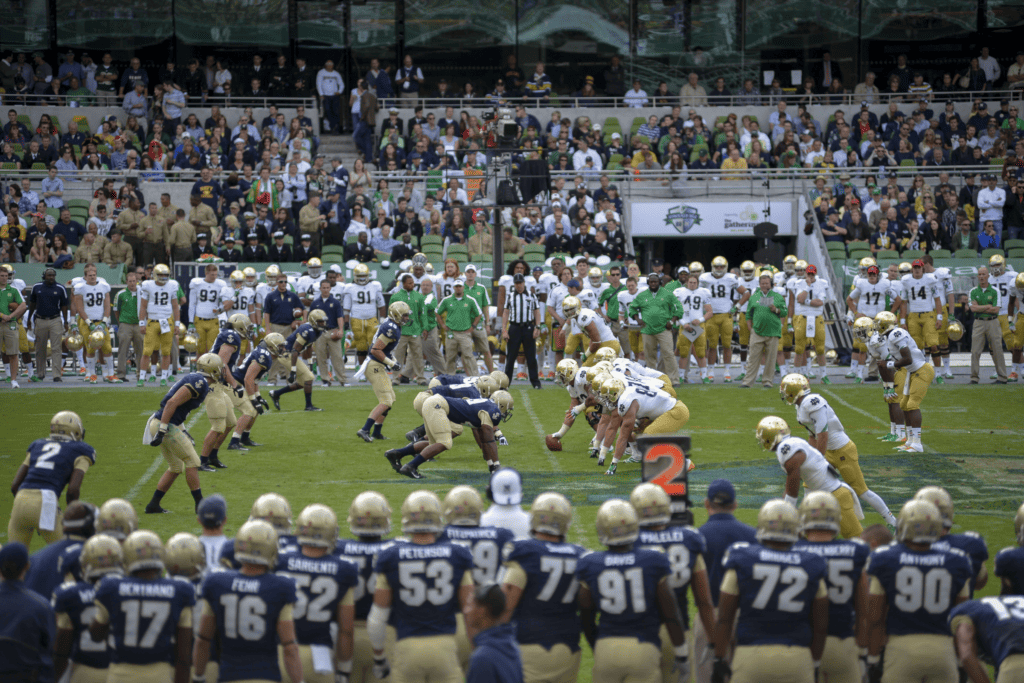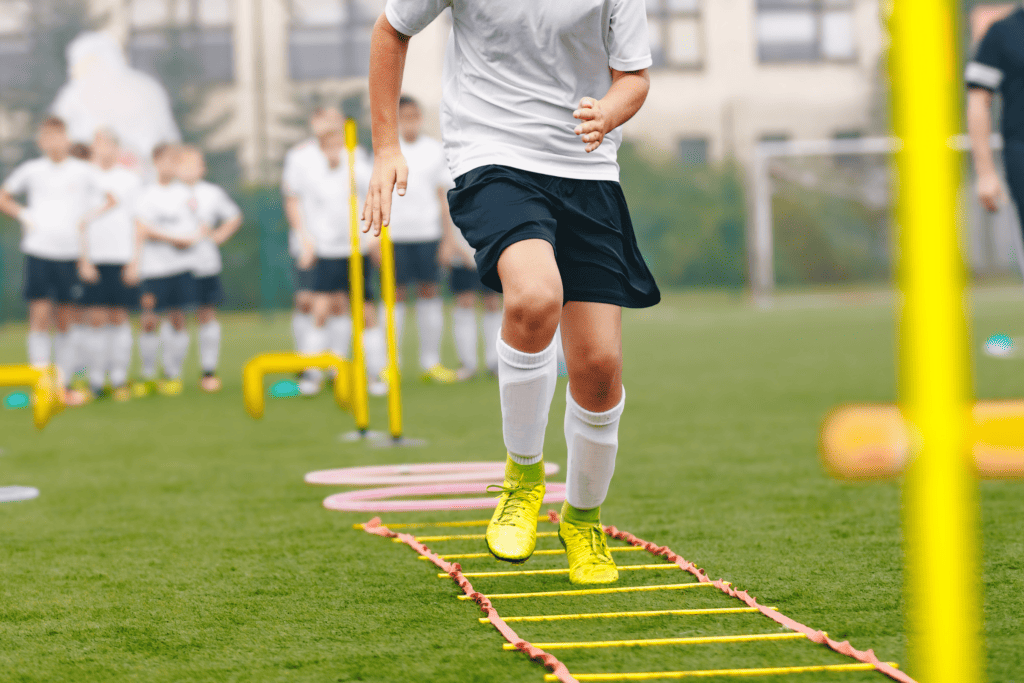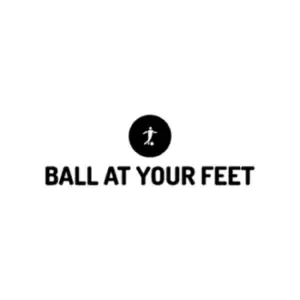The time commitment for college sports is a big one; how much time do student-athletes spend on their sport? Balancing academics, athletics, and social life daily is no easy feat. Exactly how much of their time do they give to their sport?
Student-athletes spend 1.5 to 4 hours on their sport daily and 15 to 20 hours weekly. They spend time training, competing, receiving treatment, and traveling. Student-athletes are allowed a maximum of four hours of countable athletically related activities daily and up to 20 hours a week, depending on the season.
Read on for more detailed information about how student-athletes spend their time and how much is allocated to practice, games, treatment, and traveling.
Related: What is CARA in College Athletics? Hourly Limitations & More
Table of Contents
How much time do student-athletes spend on their sport?
Student-athletes spend most of their college experience with sports on their mind; when they aren’t competing or training, they’re at least thinking about it. How much time do they really dedicate to their sport?
Student-athletes generally spend 20 hours a week and up to four hours a day on sports, as this is the maximum number of daily and weekly hours permitted by the NCAA. However, that does not include additional time spent on athletic treatment, recovery, and getting to and from practice or games.
If you include the amount of time student-athletes allocate to their sport outside of scheduled practices and competition, it’s typically more than 20 hours per week.
Although not every day is filled to the brim with four hours of training or competition, student-athletes can spend more than four hours each day focusing on their sport.
Student-athletes also spend the majority of their day thinking about their sport. After all, their schedules, especially in-season schedules, are built around athletics.
This requires additional planning and extra time indirectly spent on their sport.
I’ll use myself as a quick example.
When I played college soccer, my entire day was planned for practice or games. The fall semester was our regular season, which meant that any day I had class was a day I had some form of sport-related commitment.
Related: When is College Soccer Season? Fall and Spring Rules
I spent a lot of time each day getting ample rest and trying to recover properly after training and games. As recovery took time out of my day, so did other athletic treatments.
The athletic treatment room was a second home to many athletes, myself included. We would spend a good chunk of hours here each week before and after training or competition.

Some of us would spend 45-90 minutes inside the AT room each day; we were required to be in the AT room no more than 45 minutes before leaving the locker room. More time was given if we saw the trainers after practice or games.
Because of this, the number of hours we gave to our sport in a day or week increased significantly. Instead of 15 to 20-hour weeks, we often gave 25-30 hours a week throughout the season, especially during the preseason.
Related: When is College Soccer Preseason? Division 1, 2, and 3 Rules
You might not think about little things like these that really start to add up as a student-athlete.
How much time do student-athletes spend on competition?
It’s hard to discern exactly how much time student-athletes dedicate to competition. The amount of time they spend on games or competitions depends on the sport they play.
Student-athletes spend several hours a week on competition. For example, college soccer games are 90 minutes long and take two hours to finish. Teams that play two or three games a week require that student-athletes dedicate 4-6 hours to games. Likewise, a weekly college football game can last 3.5 hours.
Some sports games take longer than others, impacting how much time student-athletes spend on their competition. It’s roughly the same across the board, but each sport varies slightly.

Competitions with set game times–soccer with 90 minutes, football with 60, and basketball with 40–always take longer to complete because of stoppage in play and halftime.
These situations drag out competition lengths beyond the set number of minutes in a game. Because of this, student-athletes give more time to competitions than some may think.
Here’s a table breaking down the average time to finish a college game compared to the set number of in-game minutes.
| Sport | Number of playable minutes, innings | Average time to finish |
|---|---|---|
| Soccer | 90 minutes | 2 hours |
| Football | 60 minutes | 3 hours and 20 minutes |
| Baseball | 9 innings | 3 hours |
| Basketball | 40 minutes | 2 hours |
How many hours do student-athletes practice?
Student-athletes spend loads of their time practicing with their team. They also give some free time for treatment before and after training sessions. How many hours do they practice in a day or week?
Student-athletes practice 1.5 hours a day and 15-20 hours a week on average during their regular season. The NCAA does not permit student-athletes to train more than four hours daily. This does not account for the time spent before and after training for treatment.
College athletes often give their own time to treatment–anywhere from 10-45 minutes–before and after practice.
Related: How Hard is College Soccer? Choose the Best Division for You
This time is not factored into the total number of hours student-athletes can dedicate to countable athletically related activities, so they almost always give more time to their sport than the NCAA technically allows.
This is the case for daily and weekly limitations for student-athletes.

How many hours do student-athletes practice per day?
Student-athletes are limited to the number of hours they can practice daily. Although, most college teams make the most of their available hours.
Student-athletes practice 1.5 hours a day on average, but no more than four hours a day, as permitted by the NCAA countable athletically related activity rules. College athletes that need pre or post-practice treatment spend an additional 30 minutes per day on their sport.
As I mentioned earlier, student-athletes give more time to their sport than what’s technically “allowed” by the NCAA because activities like pre and post-training or game treatment don’t count toward the hours they can spend on their sport in a day or week. It’s almost always more.
These daily sessions add up and compound over a week or month.
How many hours do student-athletes practice per week?
The weekly demand for student-athletes fluctuates between teams and sports. The NCAA, however, limits the number of hours teams can practice in a week across all sports.
Student-athletes practice up to 15-20 hours per week, depending on the part of the season they’re in. In general, student-athletes practice for 15 hours a week during the regular season and up to 20 hours during the postseason.
During the season, time spent on sports is shared between practice, traveling, and competition. These are all considered CARA and are counted toward the total number of hours student-athletes are allowed to spend on their sport in a day or week.
Teams can practice for fewer than 15 or 20 hours a week, but most of the allowed hours are used to ensure athletes make the most of their permitted training time.
How many hours do student-athletes spend traveling?

Traveling as a student-athlete is a unique experience. Although it’s generally an enjoyable and fulfilling experience, it’s a time-consuming commitment nonetheless. How many hours do student-athletes spend traveling?
Student-athletes spend anywhere from 1-8 hours traveling a week, on average, depending on their sport, how many games they play, and away game location. Teams with multiple away games in a week can potentially spend as much as 20 hours on the road, although most schedules are made to prevent this much back-to-back travel time.
Student-athletes often bring their schoolwork on the road, especially for overnight trips.
Travel days are not considered off-days, a rule many student-athletes would like to see changed.
Counting traveling as CARA would give students more downtime to complete school work when they aren’t traveling, potentially reducing the need to bring it to far-away games.
In some cases, student-athletes spend more time traveling than they anticipate.
For example, when I played college soccer, there was a time when our bus broke down on the way back from an already-lengthy away trip. The five-hour bus ride turned into a seven-hour outing, causing the team to get home way later.
You can imagine the frustration from everyone, myself included. It wasn’t pleasant waking up for my 8 a.m. class the following morning, either!
